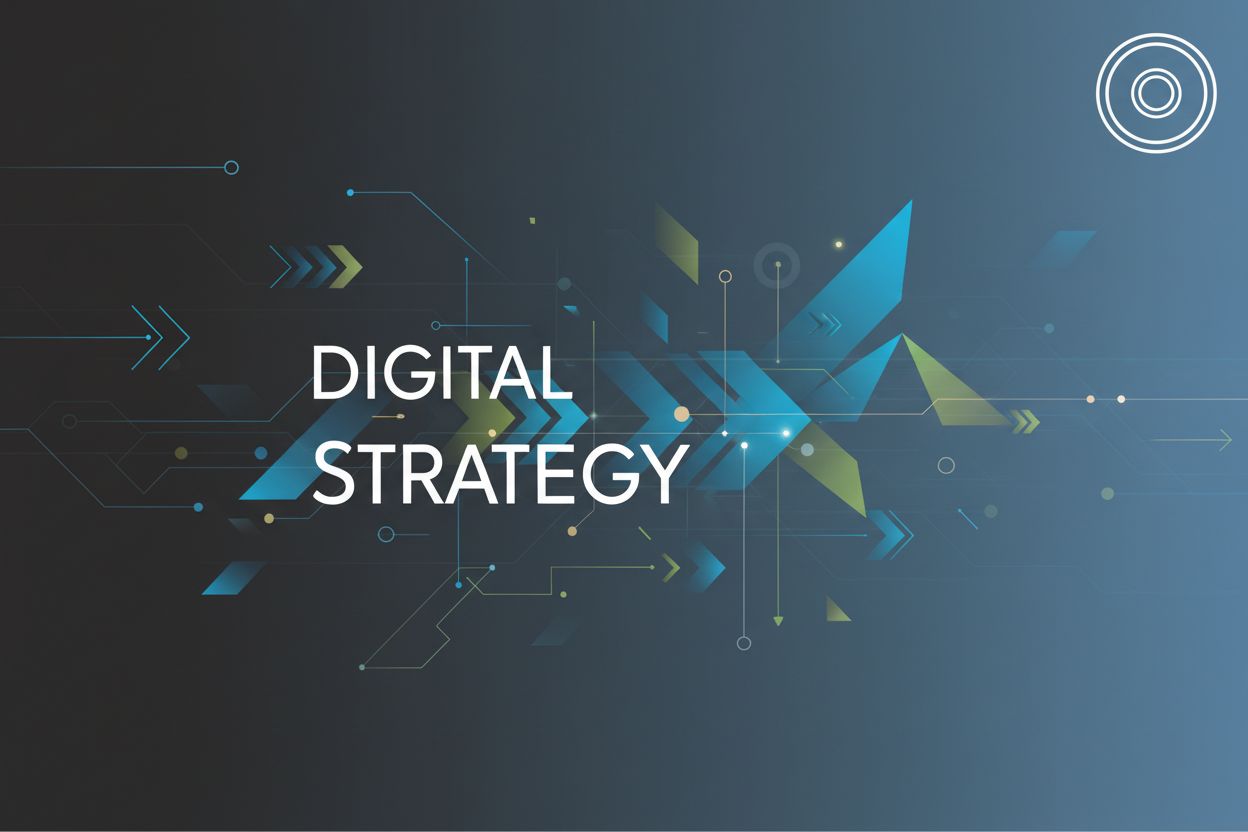Reimagine Your Business: Mastering Digital Business Model Innovation
TL;DR
Understanding Digital Business Models
Digital business models are revolutionizing how companies create and deliver value. But what exactly sets them apart from traditional approaches? Let's explore the core elements that define these innovative models.
- Value Delivery: Digital business models use digital technologies to provide value to customers. This could involve anything from cloud computing and data analytics to AI and the Internet of Things Digital Business Models: All You Need To Know
- Customer Focus: These models prioritize customer needs through personalized experiences. Data-driven insights help businesses understand and anticipate customer desires.
- Agility and Innovation: Digital businesses must be agile and ready to adapt. This means quickly responding to market changes and experimenting with new ideas.
- Data-Driven Decisions: Data is essential for informed decision-making. By analyzing customer behavior and market trends, businesses can optimize their strategies.
Consider Netflix, a prime example of a digital business model. It provides value to customers through on-demand access to movies and TV shows, leveraging a subscription-based revenue model.
Understanding these core elements is crucial for crafting a successful digital strategy. Next, we'll explore why digital business models are so important in today's market.
Exploring Types of Digital Business Models
Digital business models are not one-size-fits-all; they come in various forms, each with unique characteristics. By understanding these models, businesses can strategically adapt and innovate to stay competitive. Let's explore some of the most prominent types.
Several archetypes have emerged as leaders in the digital landscape. These include:
- Free model: Core services are offered at no cost, generating revenue through alternative channels like advertising. Facebook exemplifies this by providing its social media platform for free and monetizing user data through targeted ads.
- On-demand model: Immediate access to products or services is provided when users need them. Uber is a prime example, offering on-demand ride-sharing services via a mobile app.
- E-commerce: Products or services are sold online. Amazon is one of the largest e-commerce platforms, selling a variety of products directly to consumers.
- Marketplace: Online platforms connect buyers and sellers, charging fees or commissions for transactions. Airbnb connects travelers with hosts, charging fees for bookings made through the platform.
- Subscription: Recurring revenue streams are secured by offering tiered pricing with various features or content access. Netflix uses this model to provide access to a wide library of movies and TV shows.
Beyond the common types, emerging models cater to specific needs and leverage new technologies:
- Hidden Revenue: A free or low-cost product generates income through less visible channels. Some free weather apps collect and sell user data to advertisers, raising privacy concerns.
- Data Monetization: User data is gathered and analyzed to offer insights, targeted advertising, or market research.
- IoT Services: Solutions for connected devices, such as smart home systems, are offered.
Combining these models can create unique value propositions and competitive advantages. Next, we will explore the benefits of combining models.
Creating a Digital Business Strategy: Key Steps
Digital transformation can feel like navigating a maze. But with a clear strategy, businesses can unlock unprecedented opportunities and stay ahead.
Creating a digital business strategy involves several key steps. It's about setting objectives, understanding your audience, and assessing your current state. Let's look at the most important ones:
- Objectives and KPIs: Define what you want to achieve and how you'll measure success.
- Target Audience: Know your customers' needs and preferences.
- Current State Assessment: Evaluate your existing capabilities and identify areas for improvement.
- Competitor Analysis: Understand what your competitors are doing and find opportunities to differentiate.
- Channel and Platform Selection: Choose the right digital channels to reach your audience.
Consider a healthcare provider aiming to improve patient engagement. They might use a mobile app for appointment scheduling and virtual consultations. A retailer could leverage data analytics to personalize online shopping experiences.
By following these steps, businesses can create a digital strategy that drives growth and enhances customer engagement. Next, we'll explore how GetDigitize can assist in your digital journey.
Business Model vs. Digital Business Model
Traditional business models outline how a company operates. Digital business models enhance this by leveraging technology. Let's explore the key distinctions.
- Focus: Digital models emphasize digital technologies like AI, cloud, and analytics.
- Engagement: They prioritize customer interaction through digital channels.
- Revenue: Digital models innovate revenue through subscriptions or data monetization.
- Decisions: They rely heavily on data-driven decision-making.
These distinctions enable agility and adaptability. Next, we'll dive into how these models are applied.
Leveraging the Business Model Canvas
The Business Model Canvas (BMC) helps refine digital strategies. It's adaptable, versatile, and offers a structured approach to define and iterate on digital initiatives.
Key benefits include:
- Structured framework
- Customer-centric thinking
- Promoting innovation
- Agility and adaptability
- Comprehensive models
Next, we'll explore visualizing these strategies.
Conclusion
Digital business model innovation drives growth in our ever-evolving digital world.
Tailor your strategy, embrace change, and focus on customer needs.




